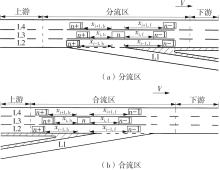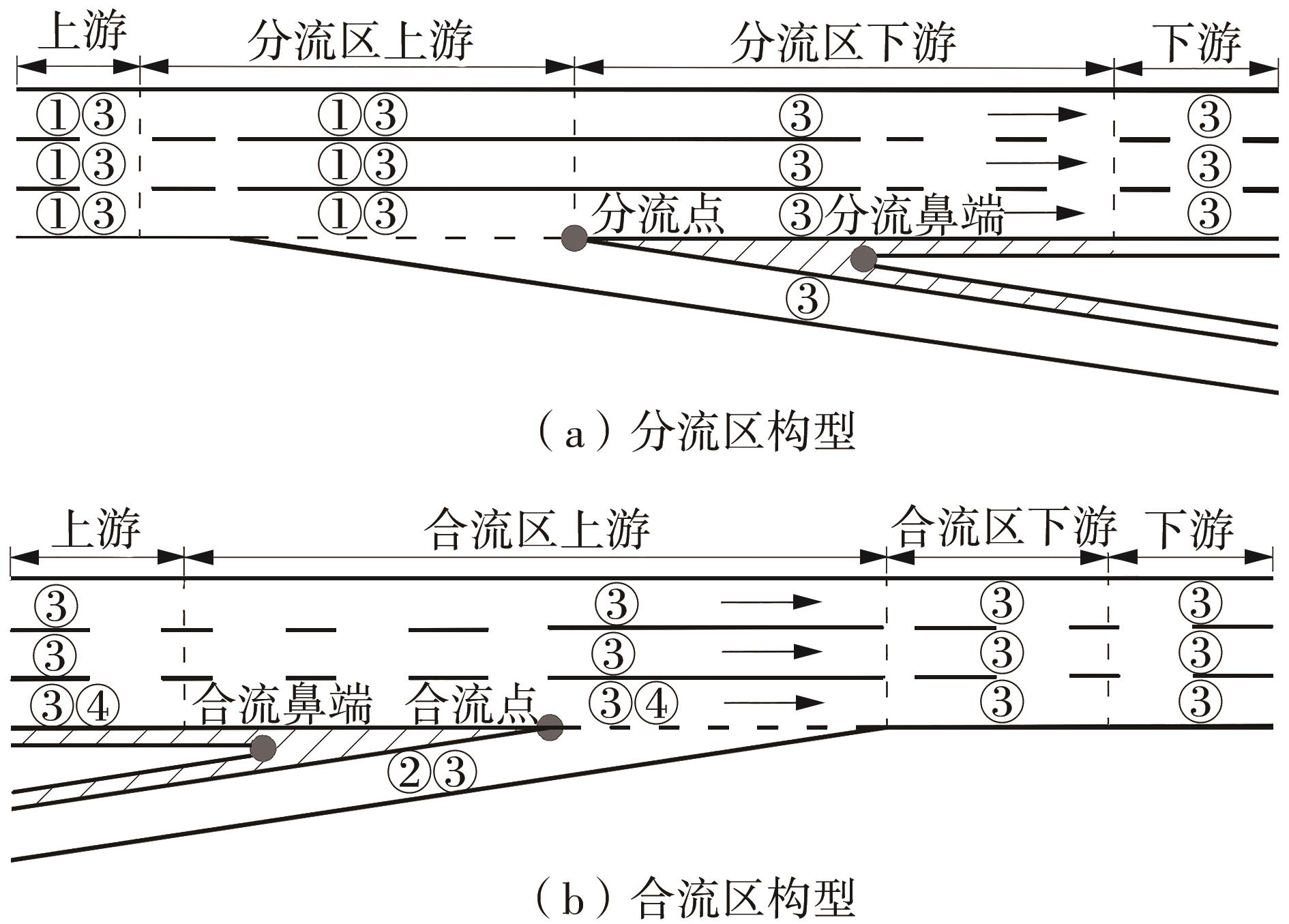| 1 |
KWON J W, CHWA D .Adaptive bidirectional platoon control using a coupled sliding mode control method [J].IEEE Transactions on Intelligent Transportation Systems,2014,15(5):2040-2048.
|
| 2 |
ALI Y, ZHENG Z, HAQUE M M,et al .A game theory-based approach for modelling mandatory lane-changing behaviour in a connected environment [J].Transportation Research Part C:Emerging Technologies,2019,106:220-242.
|
| 3 |
刘伟铭,邓如丰,张阳,等 .高速公路出匝分流区超车道车辆车道变换模型 [J].公路交通科技,2012,29(8):106-111.
|
|
LIU Wei-ming, DENG Ru-feng, ZHANG Yang,et al .Vehicle lane-changing model for overtaking lane in freeway off-ramp diverging area [J].Journal of Highway and Transportation Research and Development,2012,29(8):106-111.
|
| 4 |
许伦辉,胡三根,罗强,等 .基于驾驶员类型的车辆换道模型 [J].华南理工大学学报(自然科学版),2014,42(8):104-111.
|
|
XU Lun-hui, HU San-gen, LUO Qiang,et al .Lane-changing model based on different type of drivers [J].Journal of South China University of Technology(Natural Science Edition),2014,42(8):104-111.
|
| 5 |
钟异莹,陈坚,邵毅明,等 .强制性换道的空间特征对分流区交通流的影响 [J].交通运输系统工程与信息,2020,20(5):114-120.
|
|
ZHONG Yi-ying, CHEN Jian, SHAO Yi-ming,et al .Spatial feature of mandatory lane changing and its impact on traffic flow at diverging area [J].Journal of Transportation Systems Engineering and Information Technology,2020,20(5):114-120.
|
| 6 |
贾洪飞,谭云龙,李强,等 .考虑驾驶员特征的快速路合流区间隙接受模型构建 [J].吉林大学学报(工学版),2015,45(1):55-61.
|
|
JIA Hong-fei, TAN Yun-long, LI Qiang,et al .Gap acceptance model of expressway weaving area based on driver characteristics [J].Journal of Jilin University(Engineering and Technology Edition),2015,45(1):55-61.
|
| 7 |
ZHOU B, WANG Y, YU G,et al .A lane-change trajectory model from drivers’vision view [J].Transportation Research Part C:Emerging Technologies.2017,85:609-627.
|
| 8 |
CHONG L, ABBAS M M, MEDINA FLINTSCH A,et al .A rule-based neural network approach to model driver naturalistic behavior in traffic [J].Transportation Research Part C:Emerging Technologies,2013,32:207-223.
|
| 9 |
杨晓芳,郭倩,付强 .基于车车通信合流影响区外侧车辆决策模型 [J].系统仿真学报,2015,27(5):1112-1119.
|
|
YANG Xiao-fang, GUO Qian, FU Qiang .Decision strategy models of merge influence area for outside vehicles based on vehicle-vehicle communication[J].Journal of System Simulation,2015,27(5):1112-1119.
|
| 10 |
胡笳,安连华,李欣 .面向新型混合交通流的快速路合流区通行能力建模 [J].交通信息与安全,2021,39(1):137-144.
|
|
HU Jia, AN Lian-hua, LI Xin .A capacity model of freeway merging areas with partially connected automated traffic [J].Journal of Transport Information and Safety,2021,39(1):137-144.
|
| 11 |
PAN S, WANG Y, WANG K .A game theory-based model predictive controller for mandatory lane change of multiple vehicles [C]∥Proceedings of the 2020 4th International Conference on Vehicular Control and Intelligence(CVCI).Hangzhou:Institute of Electrical and Electronics Engineers Inc.,2020:731-736.
|
| 12 |
CHEN T, WONG Y D, SHI X,et al .A data-driven feature learning approach based on Copula-Bayesian Network and its application in comparative investigation on risky lane-changing and car-following maneuvers [J].Accident Analysis & Prevention,2021,154:106061-1-23.
|
| 13 |
贾若,戴昇宏,黄霓,等 .交通拥堵判别方法研究综述 [J].华南理工大学学报(自然科学版),2021,49(4):124-139.
|
|
JIA Ruo, DAI Shenghong, HUANG Ni,et al .Literature review on traffic congestion identification methods [J].Journal of South China University of Technology(Natural Science Edition),2021,49(4):124-139.
|
| 14 |
YE L, YAMAMOTO T .Modeling connected and autonomous vehicles in heterogeneous traffic flow [J].Physica A:Statistical Mechanics and ITS Applications,2018,490:269-277.
|
| 15 |
ZHU M, WANG X, TARKO A,et al .Modeling car-following behavior on urban expressways in Shanghai:A naturalistic driving study [J].Transportation Research Part C:Emerging Technologies,2018,93:425-445.
|
| 16 |
彭博,王玉婷,谢济铭,等 .城市干线短交织区元胞自动机多级换道决策模型 [J].交通运输系统工程与信息,2020,20(4):41-48.
|
|
PENG Bo, WANG Yu-ting, XIE Ji-ming,et al .Multi-stage lane-changing decision model for urban trunk road’s short weaving area based on cellular automata [J].Journal of Transportation Systems Engineering and Information Technology,2020,20(4):41-48.
|
| 17 |
刘敬华,吉文超,李帅 .基于驾驶行为的城市道路车辆主观换道模型研究 [J].城市道桥与防洪,2021(7):232-237.
|
|
LIU Jing-hua, JI Wen-chao, LI Shuai .Study on subjective lane changing model of urban road vehicles based on driving behavior [J].Urban Roads Bridges & Flood Control,2021(7):232-237.
|
| 18 |
公路路线设计规范: [S].
|







